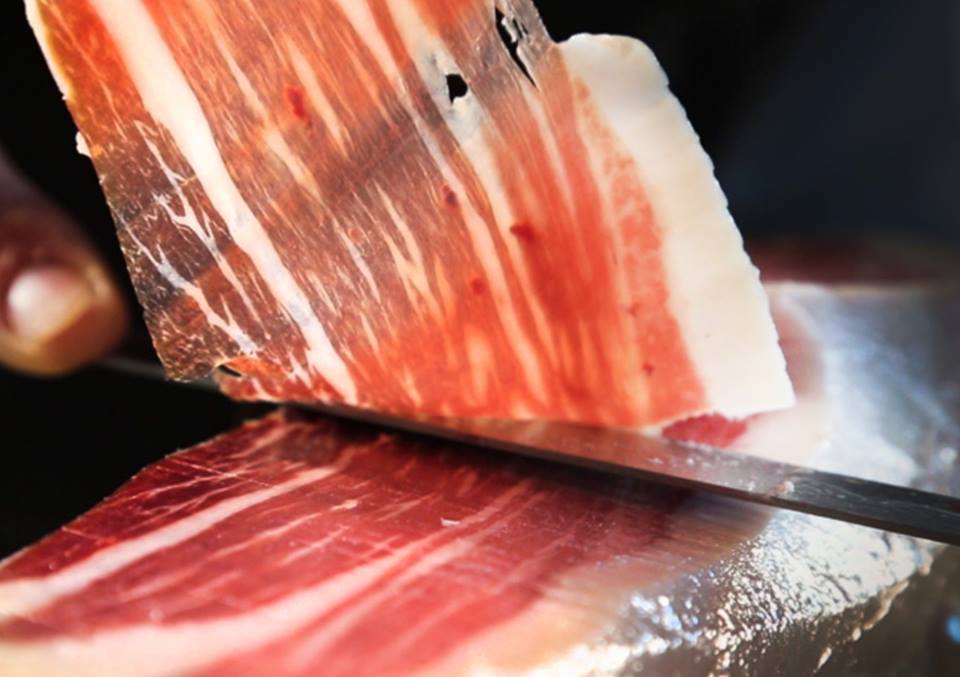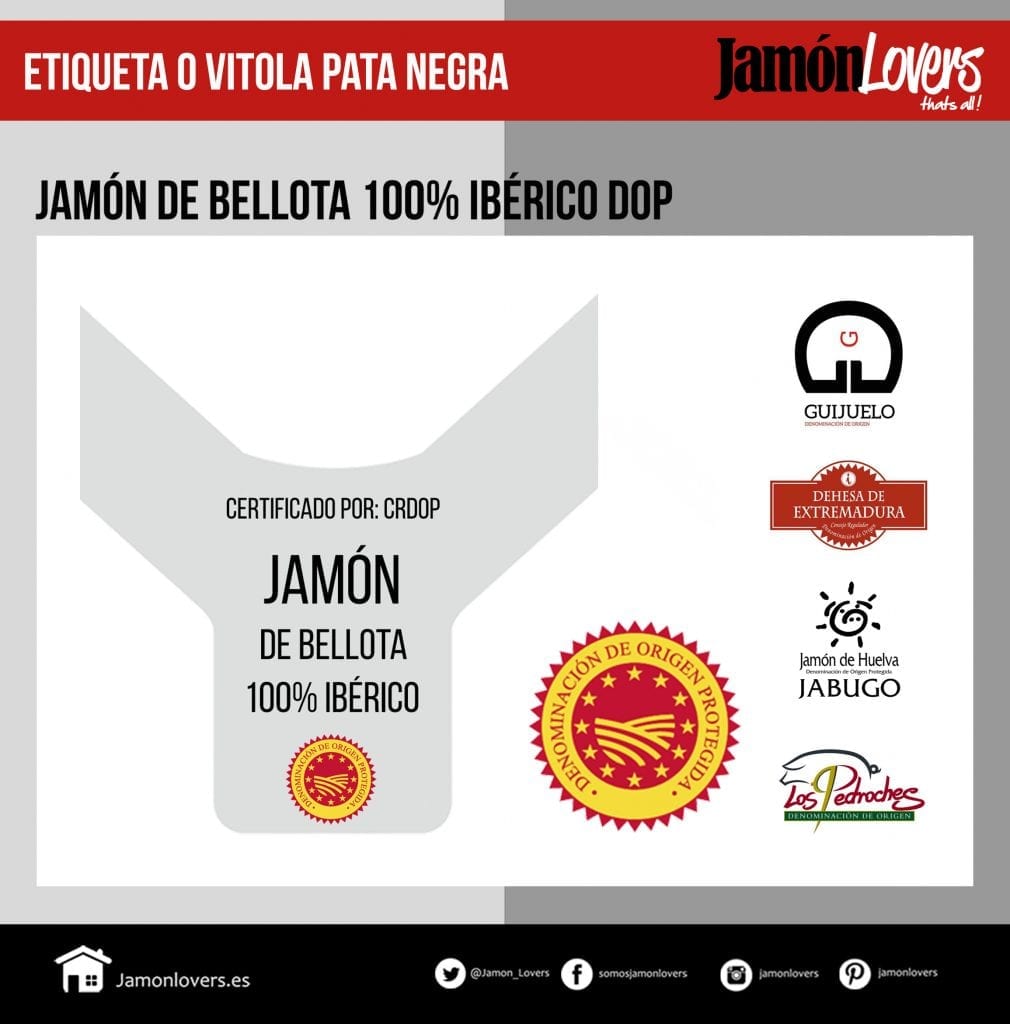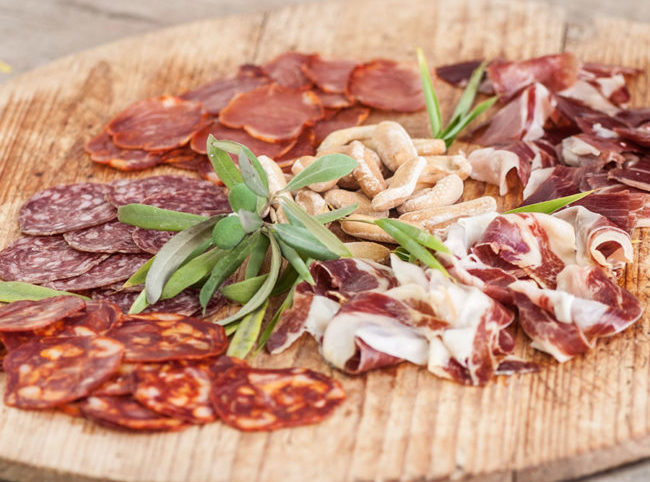In these days close to the Christmas there are many who decide to Buy a Iberian, ham o blade. These products are also part of baskets, lots and gifts Christmas of companies, family and friends. The big question within all the offers that use the word Iberian is what I buy and what I really buy. We will analyze it for you below.
Perhaps the first thing that should be clearly stated is that in Iberian products there are no bargains or super cheap prices. Getting to produce an Iberian product has a higher cost and this is affected by the price. Broadly speaking, to buy an Iberian we must handle two important concepts. These are the breed and diet, as well as the method of raising the animals.
The Iberian breed
The Iberian pig is a pig indigenous for the Iberian Peninsula, that is, from Spain and Portugal. The commercial mess occurs when it is allowed, by current regulations, to use the word Iberian in crossing animals. The use of breeds that are more prolific and have a much higher conversion than an animal 100% Iberian he has pressured the institutions to give in in this regard and be able to use that name. In this way, we find ourselves in the market "Iberian 50%" and "Iberian 75%" and, of course, also Iberian 100%.
The crosses are normally made with females of raza Duroc (of American origin) much more prolific and male of the Iberian breed. This is perfectly legal, although controversial, in the current regulations.
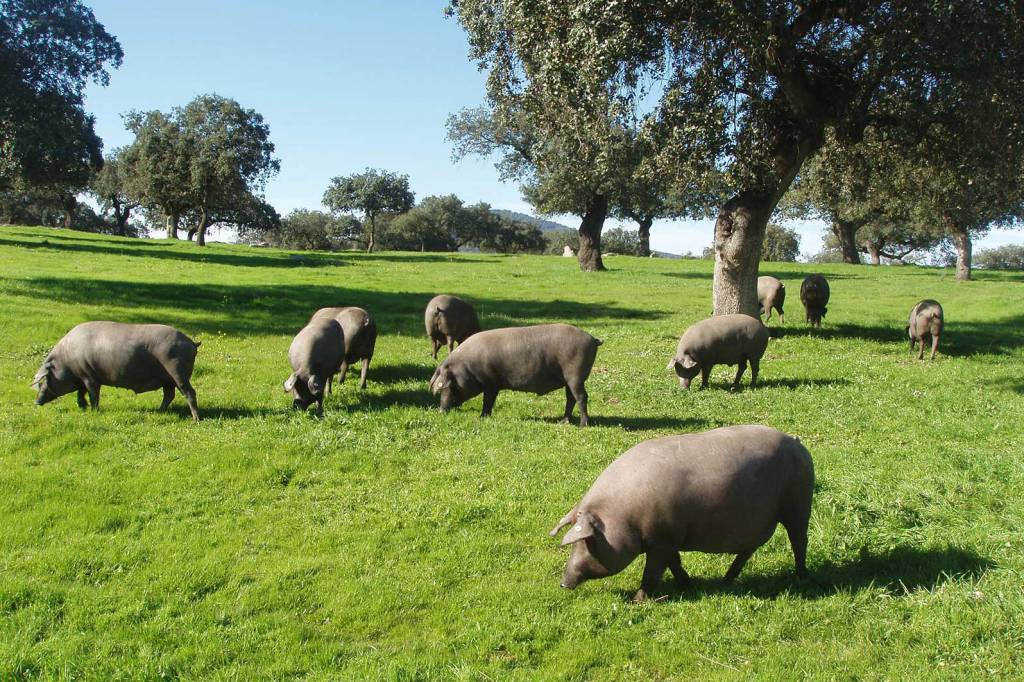
Feeding and breeding
It is a very important component in the production of Iberian ham and three types of food can be highlighted. In the first place the acorn when the pigs that feed in their fattening of this fruit, as well as grass, roots and grains of the pasture. The so-called pigs of "Field bait" They are fattened with feed and supplemented with food from the pasture.
In these cases these pigs can combine intensive and extensive farms depending on the moment or type of farm. Finally there are the so-called "Iberian bait" which are those pigs fattened in intensive farms only with feed.
Look at the seals to buy an Iberian
These are the plastic elements or clamps fixed on the upper part of the hoofay that they do not allow to be extracted and changed by others. These seals are supplied by the DO's or by ASICI, the interprofessional association of the Iberian pig.
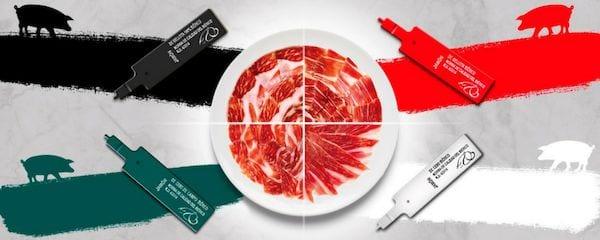
Black seal
This seals tell us that the pig is 100% Iberian breed and that it has not had any racial crossing. It also indicates that their diet, in the fattening phase, has been acorn and other foods from the pasture.
Red seal
It is used for pigs with a breed purity of 75% or 50%. Their diet, in the fattening phase, is made of acorns and other natural resources of the pasture.
Green seal
In this case the pigs can have a breed purity of 100%, 75% or 50%. They are field fattening pigs, that is, they feed on feed and supplement their diet with some natural resources from the pasture.
White seal
The white seal tells us that the racial purity can be 100%, 75% or 50%. Their diet is exclusively with feed and their breeding is intensive farms.
The labels
Although seals are very important, labels complement information. These should specifically indicate the racial purity, also the type of feeding. In addition, it should be included if it is paddle or ham, as well as the name of the certifying company.
Labels have always been a reason for picaresque using photographs of the pasture in intensively raised pig products. Also using names like dehesa, montanera or field to pigs who have never seen it. Be attentive and do not look only at the graphic elements, read the information on the seal and label well to analyze it.
What is the montanera?
It is the moment when the pig goes out to the pasture in search of food. He does it in search of the precious acorns between the months of October and March. It is a very important moment, since in addition to feeding in a natural way eating the acorns, roots and herbs that the field provides, the animal exercises traveling up to 10 km in search of food. All this contributes a meat with a high fat infiltration or marbling with a contribution of Omega3 in fat that is really interesting for our health.
Pata Negra
At Iberian ham the concept is often referred to Pata Negra not knowing exactly what it is. The hams called Pata Negra are from 100% Iberian pigs that have been fed in the montanera season with the resources provided by the dehesa. Thus we will find them identified with him seal black.
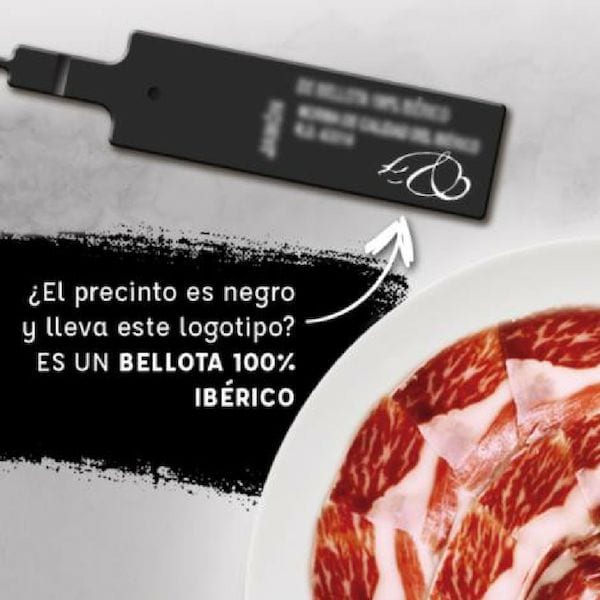
In summary, we recommend that you take into account all these aspects when it comes to buy an Iberian this Christmas. Do not be fooled!


